Sandra Blow
Sandra Blow (1925–2006) was a pioneering British abstract painter known for her bold use of unconventional materials such as sawdust, sackcloth, and plaster. In the 1950s, she helped reshape British art by bringing expressive informality and tactile richness to abstraction. Her work evolved with the times: dark, earthy tones gave way to the lighter, collage-infused compositions of the 1960s and beyond, influenced by Matisse and shaped by a career-long balance between construction and painterly spontaneity.
Born in London, Blow studied at St Martin’s School of Art and the Royal Academy Schools, later spending a formative year in Italy with painter Alberto Burri. On returning to Britain, she gained recognition as a leading figure in abstract art, exhibiting widely in the UK and abroad. Blow became associated with the St Ives art community, showing alongside figures like Roger Hilton and Patrick Heron. Her large-scale works, often echoing natural forms, established her as a force in postwar British painting.
In the 1960s and ’70s, Blow taught at the Royal College of Art while continuing to exhibit and create ambitious abstract works. Socially active and respected by peers like Francis Bacon and Elisabeth Frink, she remained a vital presence in British art. In the 1990s, she returned to St Ives, where she continued to work and exhibit until her death. Celebrated with retrospectives at Tate St Ives and Tate Britain, Blow is remembered as one of Britain’s most original and influential women artists.

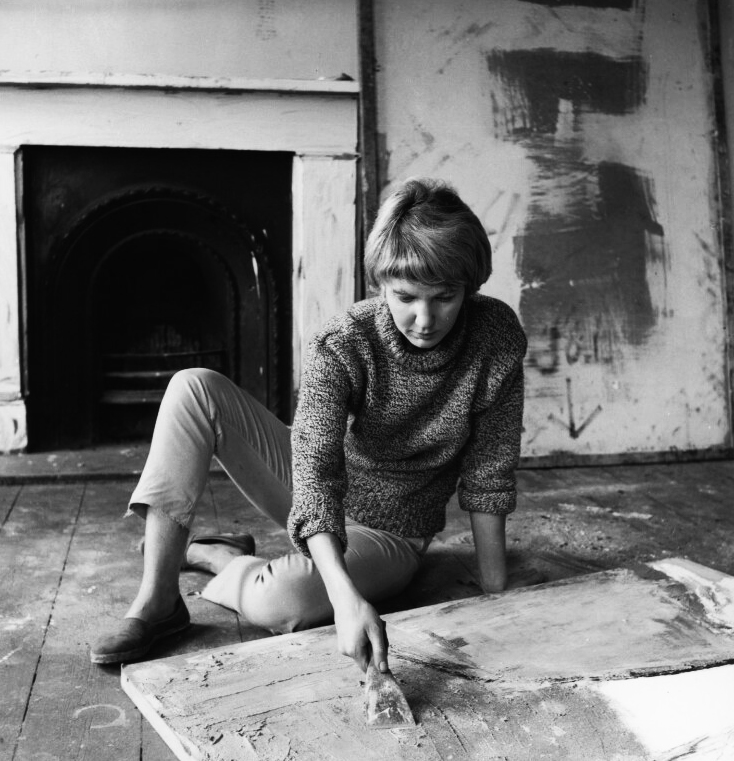
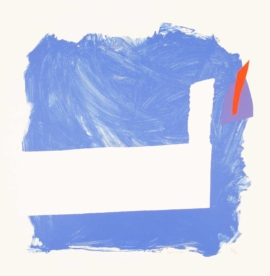
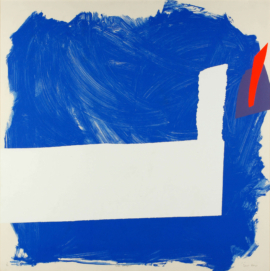 Sandra Blow
Sandra Blow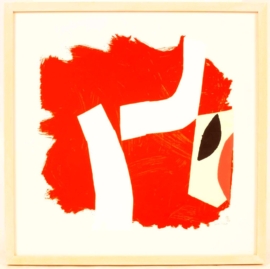
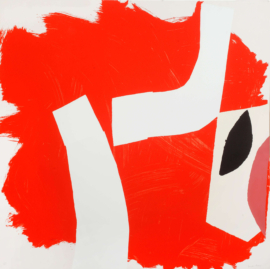 Sandra Blow
Sandra Blow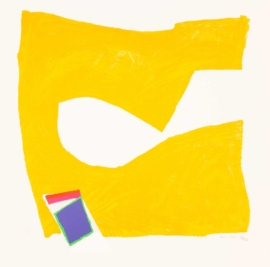
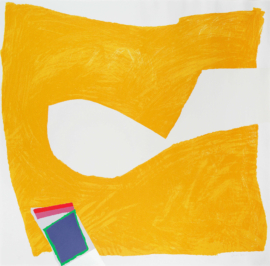 Sandra Blow
Sandra Blow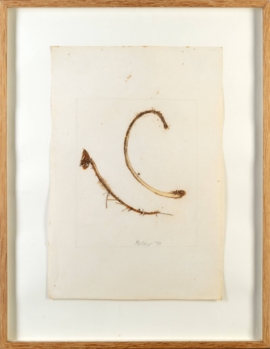
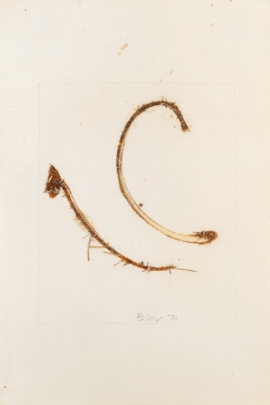 Sandra Blow
Sandra Blow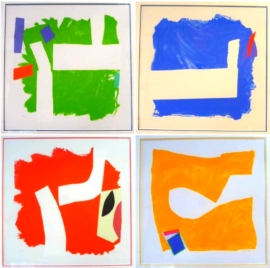 Sandra Blow
Sandra Blow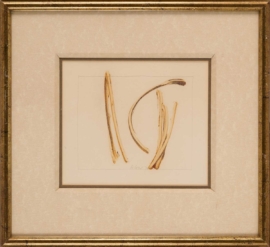
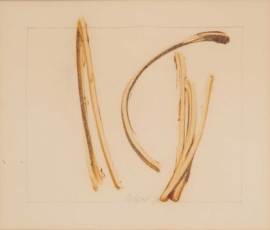 Sandra Blow
Sandra Blow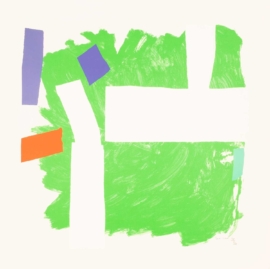
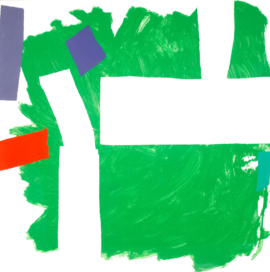 Sandra Blow
Sandra Blow


 Hatter
Hatter Robert Quijada
Robert Quijada